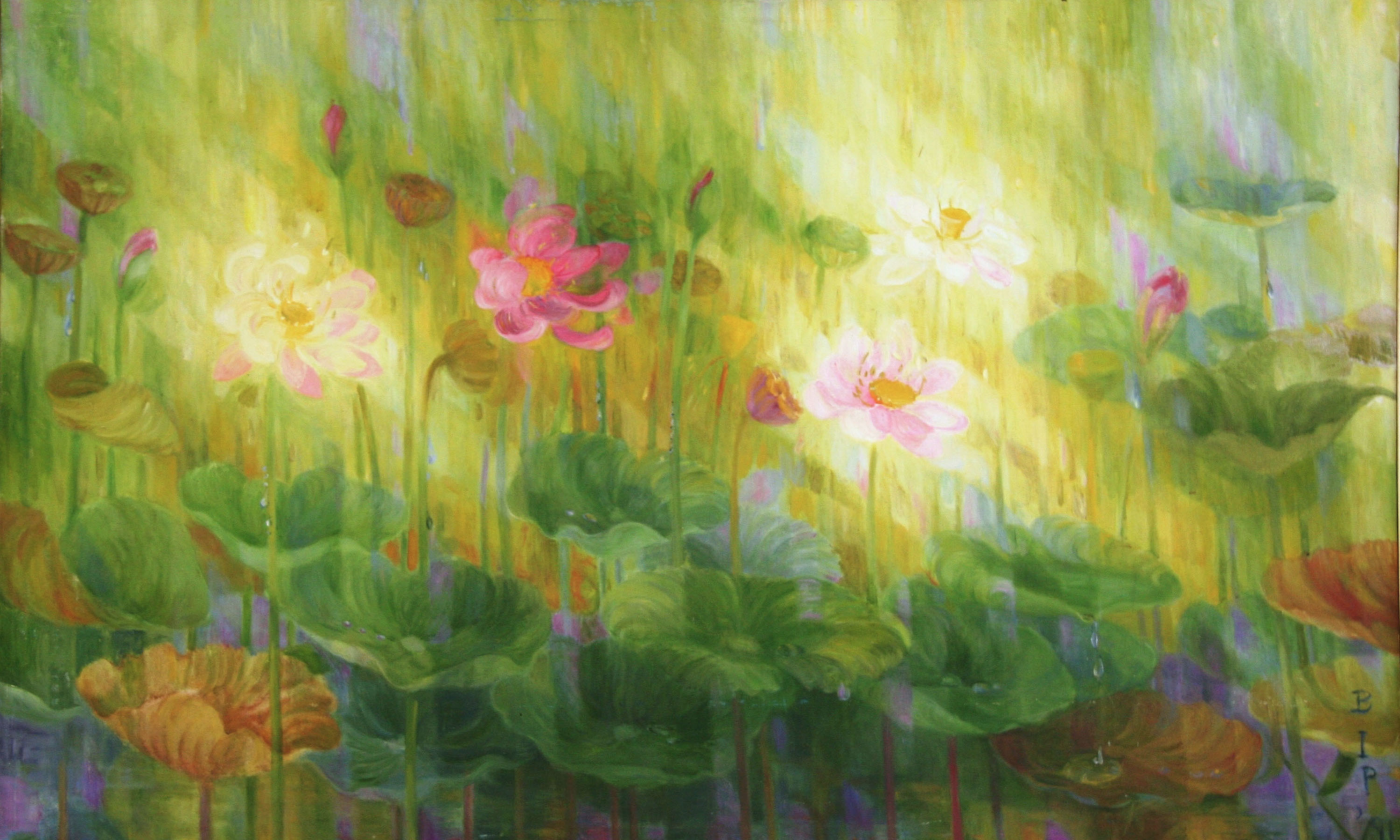Title: ‘Dream Island’
Item: Poem
Reader: Dr Ian Mc Donald
Date: March 2012
You Tube Link: http://www.youtube.com/watch?v=tGcqG_ondpk

"Culture Matters"
Title: ‘Dream Island’
Item: Poem
Reader: Dr Ian Mc Donald
Date: March 2012
You Tube Link: http://www.youtube.com/watch?v=tGcqG_ondpk
Title: ‘God’s Work’
Item: Poem
Reader: Dr Ian Mc Donald
Date: March 2012
You Tube link: http://www.youtube.com/watch?v=mtUz48z3sD8
Title: ‘Homecoming’
Item: Poem
Reader: Kencil Banwarie
Date: March 2012
You Tube link: http://www.youtube.com/watch?v=1sw-ysX3UYA
Title: ‘In the Ice Factory’
Item: Poem
Reader: Dr Ian Mc Donald
Date: March 2012
You Tube link: http://www.youtube.com/watch?v=kEWCmskjB2Y
Title: ‘Last Days’
Item: Poem
Reader: Jamilla Whittaker
Date: March 2012
You Tube link: http://www.youtube.com/watch?v=pqQbaYykPts
Title: ‘Legacy’
Item: Poem
Reader: Ron Robinson
Date: March 2012
You Tube link: http://www.youtube.com/watch?v=mKheQYwVkfw
Title: ‘Listen to the Wolves’
Item: Poem
Reader: Tivia Collins
Date: March 2012
You Tube link: http://www.youtube.com/watch?v=bdXppgGbuRk
Title: ‘Mule’
Item: Poem
Reader: Ron Robinson
Date: March 2012
You Tube link: http://www.youtube.com/watch?v=hEOJ1o0ThAk
Title: ‘Painting the Wind’
Item: Poem
Reader: Paloma Mohamed
Date: March 2012
You Tube link: http://www.youtube.com/watch?v=Y1YYQc27Sdg